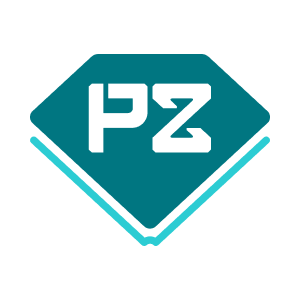NO.PZ2022122801000041
问题如下:
PZ is the sponsor of a $1.25 billion
legacy DB plan, which is now frozen. The funded ratio is 0.8. The plan sponsor, receives three asset allocation approaches
recommendations:
•
a surplus optimization approach.
•
an integrated asset–liability approach.
•
a hedging/return-seeking portfolios approach.
When evaluate asset allocation choices, consider the plan
sponsor’s costs.
Determine which asset allocation approach would be most appropriate for the pension fund. Justify your response.
选项:
解释:
Surplus optimization approach is the most appropriate.
Surplus optimization does not require an overfunded status, while implementation of the basic two-portfolio approach depends on having an overfunded plan.
Integrating the liability portfolio with the asset portfolio, is the most comprehensive of the three approaches, but increased complexity.
老师,这种选择合适的方法类的主观题,可以用排除法说吗?还是只要说选择的那个方法就行?
比如下述,这样回答可以吗?比如说选1,只要说选1的理由,还是可以说不选2/3的理由,还是都行?谢谢。
A surplus optimization approach is the most appropriate asset allocation approach.
First,because the funded ratio is 0.8,so we can know the fund is underfunded now,which the asset can not cover the liability.so we don't use the hedging/return-seeking portfolios approach,which is suitable for the overfunded portfolio.
Second,When evaluate asset allocation choices, consider the plan sponsor’s costs.so we don't use an integrated asset–liability approach.Because it will costs a lot.
So,we choose a surplus optimization approach for seeking a higher portfolio return to make the asset become larger to cover the liability in the future.



